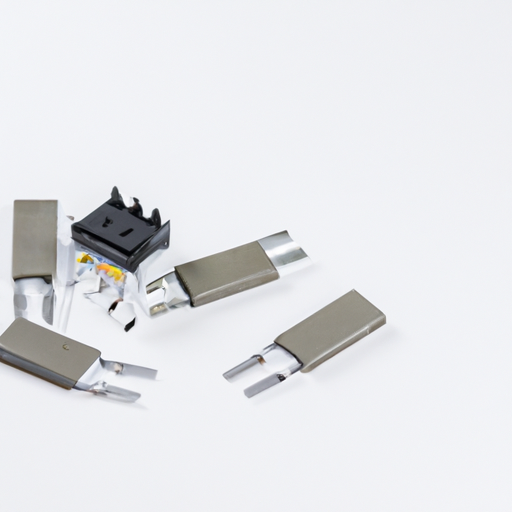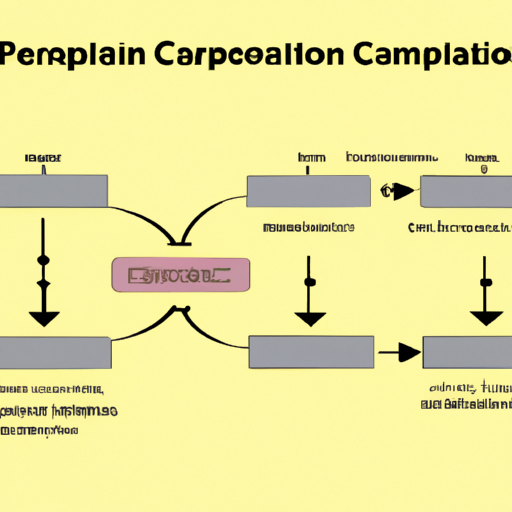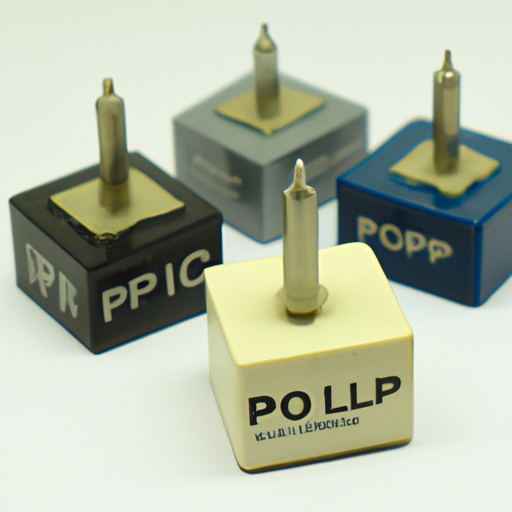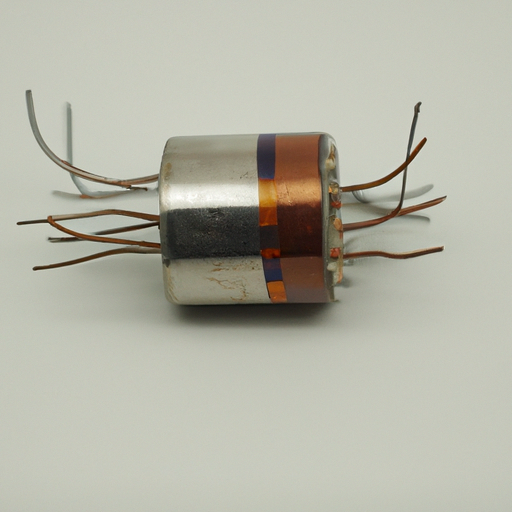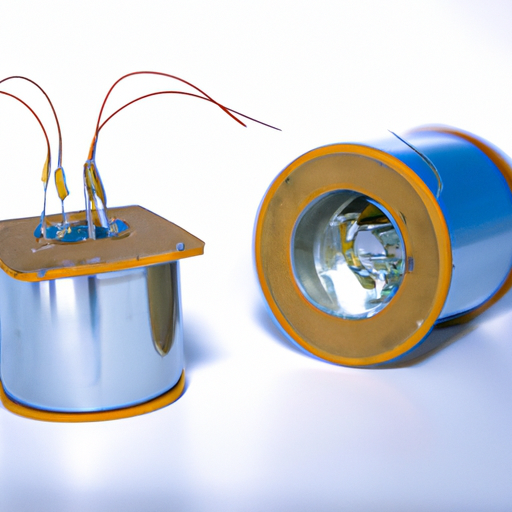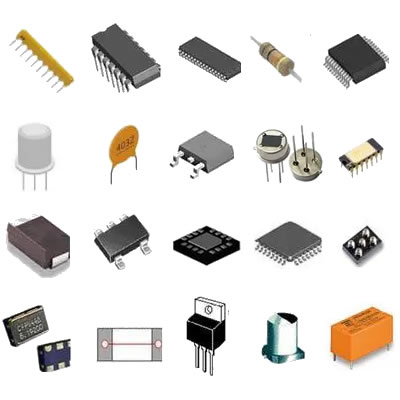What kind of product is capacitor equipment?
What Kind of Product is Capacitor Equipment?
I. Introduction
Capacitor equipment plays a crucial role in modern electrical systems, serving as essential components that help manage and optimize electrical energy. At its core, capacitor equipment refers to devices that utilize capacitors to store and release electrical energy, improve power quality, and enhance the efficiency of electrical systems. This article will delve into the various types of capacitor equipment, their applications, manufacturing processes, market trends, and future outlook, highlighting the importance of capacitors in our increasingly electrified world.
II. Understanding Capacitors
A. Basic Principles of Capacitors
1. **Definition and Function**: A capacitor is a passive electronic component that stores electrical energy in an electric field. It consists of two conductive plates separated by an insulating material known as a dielectric. When voltage is applied across the plates, an electric field is created, allowing the capacitor to store energy. Capacitors can release this stored energy when needed, making them vital for various applications in electrical circuits.
2. **Types of Capacitors**: There are several types of capacitors, each with unique characteristics and applications:
- **Electrolytic Capacitors**: These capacitors are polarized and typically used in power supply circuits due to their high capacitance values. They are often found in applications requiring significant energy storage.
- **Ceramic Capacitors**: Known for their stability and reliability, ceramic capacitors are widely used in high-frequency applications, such as RF circuits and decoupling.
- **Film Capacitors**: These capacitors use a thin plastic film as the dielectric and are known for their low ESR and high voltage ratings, making them suitable for audio and power applications.
- **Tantalum Capacitors**: Tantalum capacitors are compact and offer high capacitance values, making them ideal for space-constrained applications, such as mobile devices.
- **Supercapacitors**: Also known as ultracapacitors, these devices can store large amounts of energy and are used in applications requiring rapid charge and discharge cycles, such as energy storage systems.
B. Key Characteristics of Capacitors
1. **Capacitance**: This is the measure of a capacitor's ability to store charge, expressed in farads (F). Higher capacitance values indicate a greater ability to store energy.
2. **Voltage Rating**: Each capacitor has a maximum voltage it can handle, known as the voltage rating. Exceeding this rating can lead to capacitor failure.
3. **Equivalent Series Resistance (ESR)**: ESR is a measure of the internal resistance of a capacitor, affecting its efficiency and performance in AC applications.
4. **Temperature Coefficient**: This characteristic indicates how a capacitor's capacitance changes with temperature, which is crucial for applications in varying environmental conditions.
III. Capacitor Equipment: Types and Applications
A. Capacitor Banks
1. **Definition and Function**: A capacitor bank is a group of capacitors connected in parallel or series to provide a specific capacitance value. They are used to improve power factor and voltage stability in electrical systems.
2. **Applications in Power Systems**: Capacitor banks are commonly used in industrial and commercial power systems to reduce reactive power demand, enhance voltage levels, and improve overall system efficiency.
3. **Benefits of Using Capacitor Banks**: By improving power factor, capacitor banks can lead to reduced energy costs, decreased losses in electrical systems, and improved equipment lifespan.
B. Power Factor Correction Equipment
1. **Importance of Power Factor**: Power factor is a measure of how effectively electrical power is being converted into useful work output. A low power factor indicates poor efficiency, leading to higher energy costs and potential penalties from utility companies.
2. **How Capacitors Improve Power Factor**: Capacitors can counteract inductive loads in electrical systems, effectively improving the power factor by providing reactive power locally.
3. **Applications in Industrial Settings**: Industries with large motors and inductive loads, such as manufacturing and HVAC systems, often use power factor correction equipment to enhance efficiency and reduce costs.
C. Energy Storage Systems
1. **Role of Capacitors in Energy Storage**: Capacitors can store energy for short periods, making them suitable for applications requiring quick bursts of power, such as in energy storage systems.
2. **Applications in Renewable Energy**: Capacitors are increasingly used in renewable energy systems, such as solar and wind, to smooth out fluctuations in power generation and provide backup energy during peak demand.
3. **Advantages of Capacitor-Based Energy Storage**: Compared to traditional batteries, capacitor-based systems offer faster charge and discharge times, longer lifespans, and lower maintenance requirements.
D. Filtering Equipment
1. **Purpose of Filtering in Electrical Systems**: Filtering is essential for removing unwanted noise and harmonics from electrical signals, ensuring clean and stable power delivery.
2. **Capacitors in Noise Filtering**: Capacitors are commonly used in filtering applications to block high-frequency noise while allowing low-frequency signals to pass through.
3. **Applications in Audio and Communication Systems**: In audio systems, capacitors help eliminate hum and noise, while in communication systems, they ensure signal integrity by filtering out unwanted frequencies.
IV. Manufacturing and Technology of Capacitor Equipment
A. Overview of the Manufacturing Process
1. **Materials Used in Capacitor Production**: The manufacturing of capacitors involves various materials, including conductive metals for the plates, dielectric materials for insulation, and protective coatings.
2. **Quality Control Measures**: Stringent quality control measures are implemented throughout the manufacturing process to ensure reliability and performance, including testing for capacitance, voltage rating, and ESR.
B. Technological Advancements
1. **Innovations in Capacitor Design**: Recent advancements in materials and design have led to the development of smaller, more efficient capacitors with higher capacitance values and lower ESR.
2. **Trends in Capacitor Equipment Technology**: The growing demand for energy-efficient solutions and renewable energy systems is driving innovation in capacitor technology, leading to the development of smart capacitors and integrated capacitor systems.
V. Market Trends and Future Outlook
A. Current Market Landscape
1. **Key Players in the Capacitor Equipment Market**: The capacitor equipment market is characterized by several key players, including major manufacturers and suppliers that drive innovation and competition.
2. **Market Demand and Growth Drivers**: The increasing demand for energy-efficient solutions, the rise of electric vehicles, and the growth of renewable energy sources are significant drivers of market growth.
B. Future Trends
1. **Impact of Electric Vehicles and Renewable Energy**: The shift towards electric vehicles and renewable energy sources is expected to create new opportunities for capacitor equipment, particularly in energy storage and power management applications.
2. **Emerging Technologies and Their Influence on Capacitor Equipment**: Advancements in technology, such as the Internet of Things (IoT) and smart grids, will likely influence the design and application of capacitor equipment, leading to more integrated and efficient systems.
VI. Conclusion
Capacitor equipment is a vital component of modern electrical systems, playing a crucial role in energy storage, power factor correction, and noise filtering. As technology continues to evolve, the importance of capacitors in various applications will only grow, driving innovation and efficiency in electrical systems. Understanding the different types of capacitor equipment and their applications is essential for anyone involved in electrical engineering or related fields. As we look to the future, the continued development of capacitor technology will be instrumental in supporting the transition to a more sustainable and energy-efficient world.
VII. References
A comprehensive list of academic journals, articles, and books on capacitors and electrical engineering, along with online resources for further reading, can be provided to enhance understanding and exploration of this critical topic.

